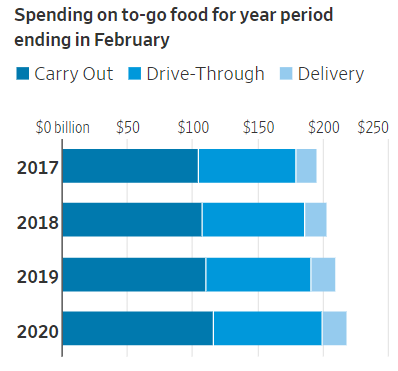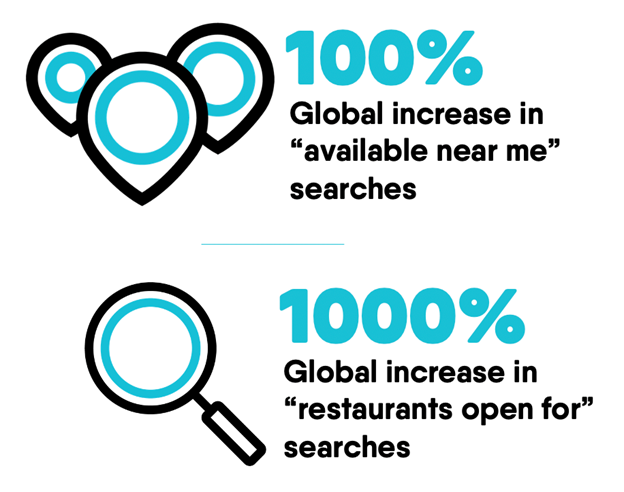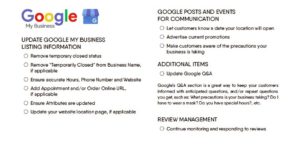She oversees the execution of client campaigns, leads a diverse team of specialists and drives year-over-year performance improvement. An adventure tri-athlete and lover of many outdoor hobbies including sailing, camping and hiking, meet Account Director, Amelia Monroe.

Based in our Cedar Falls, Iowa office and an agency veteran of seven years, Amelia has established herself as a team leader dedicated to client and teammate success. She collaborates with cross-functional internal teams to ensure we provide the highest quality of service, campaign management and operational execution to agency clients. She also focuses on establishing a deep level of trust with the client as a foundation upon which successful campaigns—and growth—are built.
What Amelia likes best about her job is partnering with clients to take on new challenges and help them meet their marketing goals. “I try to avoid my relationship with clients feeling like a traditional client/vendor relationship. I like to see myself as an extension of the client’s marketing team. This allows me to always focus on what is best for their campaigns, and I am excited to work at a company that encourages those client relationships.”

As a former radio DJ, Amelia knows the value of communication. In fact, communication is her top recommended focus area for anyone wanting to pursue a career in this industry. “Never underestimate the value of good communication. Consistent, clear communication with your team, your client, and your vendors is so valuable and appreciated. As the industry constantly evolves, good communication will never go out of style.”
Armed with a master’s degree in Marketing, Amelia pursued a career in the advertising and media industry because she loves the speed and flexibility of digital marketing. Seeing campaign results almost in real-time is really exciting to her. “I knew it would be a good fit and I’ve loved working in the industry.”
When Amelia first began her career in digital marketing, it was challenging to convince clients to take a risk and try something “new.” But, as the landscape evolves with new platforms, technology and a multitude of other changes, she notes, “It has been exciting to see digital marketing become the new normal.”

An avid reader both on a personal and professional level, Amelia is inspired by and follows the work of several successful women. She looks up to Carly Zakin and Danielle Weisberg, co-founders of theSkimm, as well as Beyonce for her brand strategy, creativity and dedication to giving back. Amelia is also inspired by Rosalind Brewer, the new CEO of Walgreens and first woman to lead an S&P 500 company.
In the media and advertising industry, challenges go with the territory. When asked about a challenging situation, Amelia said, “A big challenge for both agencies and clients is reporting on the performance of digital marketing campaigns. I’m so happy Mindstream Media Group is dedicated to providing automated reporting solutions for our clients. It makes my job even better when I can quickly pull up campaign results in an easy-to-understand dashboard to show my clients how we’re doing.”
We are grateful for Amelia’s leadership and perspective when it comes to helping clients succeed and grow.

An enormous part of what makes Mindstream Media Group successful is the collective talent and collaboration of its employees across the country. While we as an agency love to share stories about client successes, industry news and product updates on our MMG Blog, we also want to feature the actual people behind the work we are doing to grow client business.
Our recent video series, Fast-Forward the Conversation, discusses the HOW behind supporting client growth through media strategy, with topics like shopper marketing, franchise work, QSR challenges, agency partnerships and more.
We’re also now featuring a Mindstreamer (as we like to call ourselves) periodically to share their stories and celebrate the diverse people, backgrounds, interests and qualities that make us unique.


![[Case Study]: Media Restructure Delivers 55% Lead Efficiency in Pandemic Year](https://mindstreammediagroup.com/wp-content/uploads/2021/02/GettyImages-1035789052-scaled.jpg)
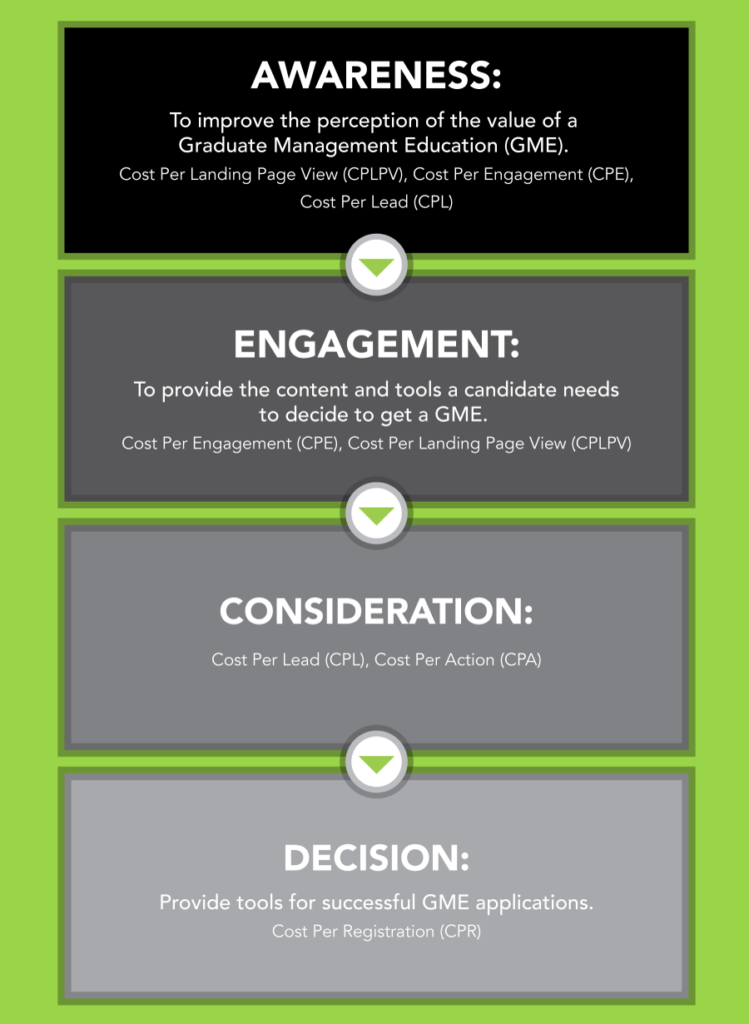
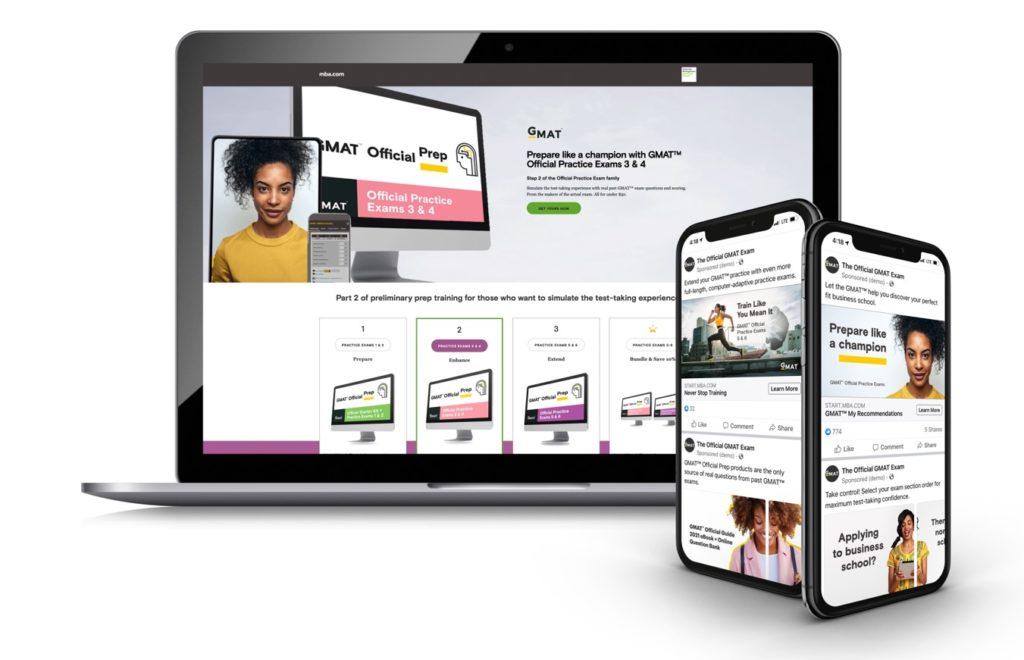
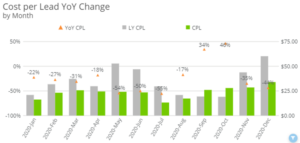
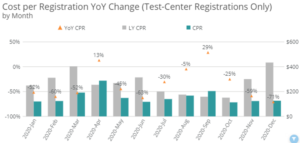





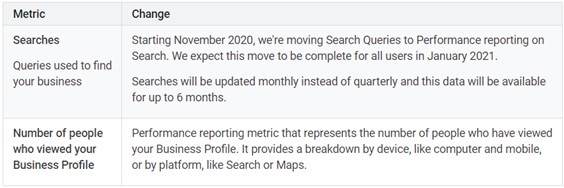
![[Video]: Success Through Strategic Partnership](https://mindstreammediagroup.com/wp-content/uploads/2021/01/Chess-pexels-jeshootscom-1040157-resized.jpg)


